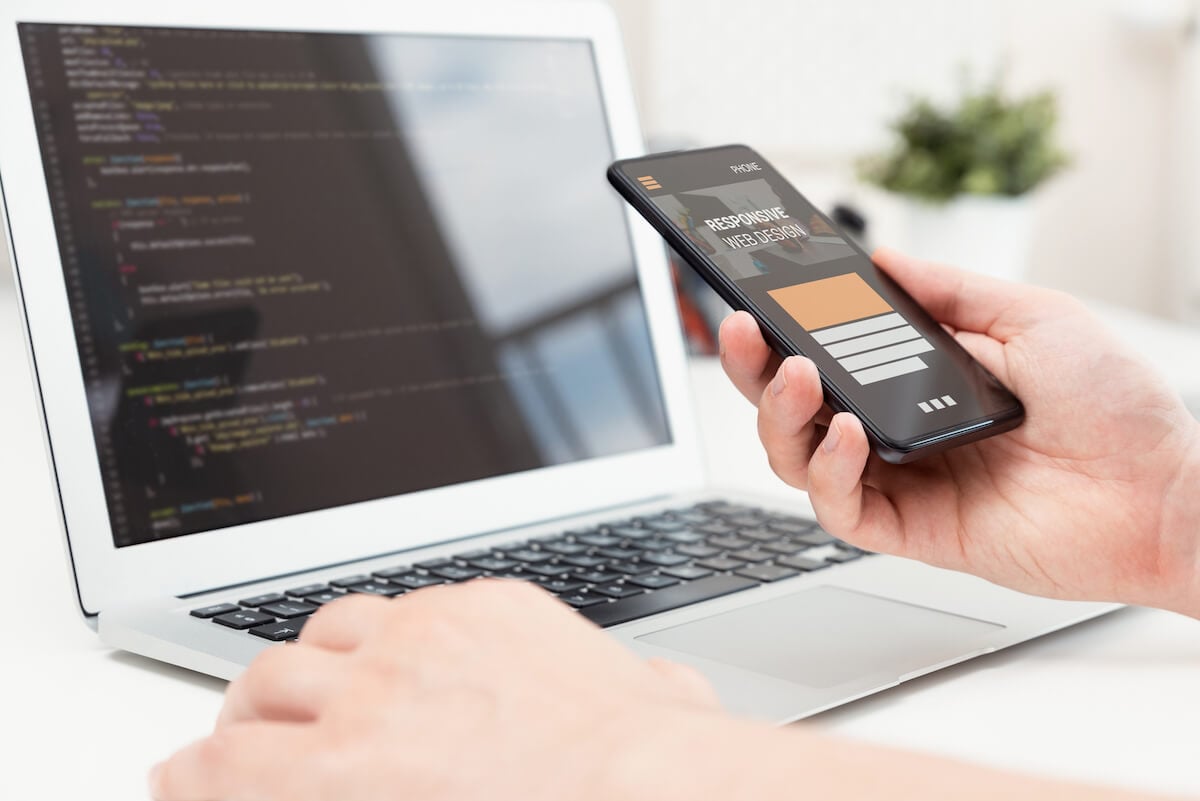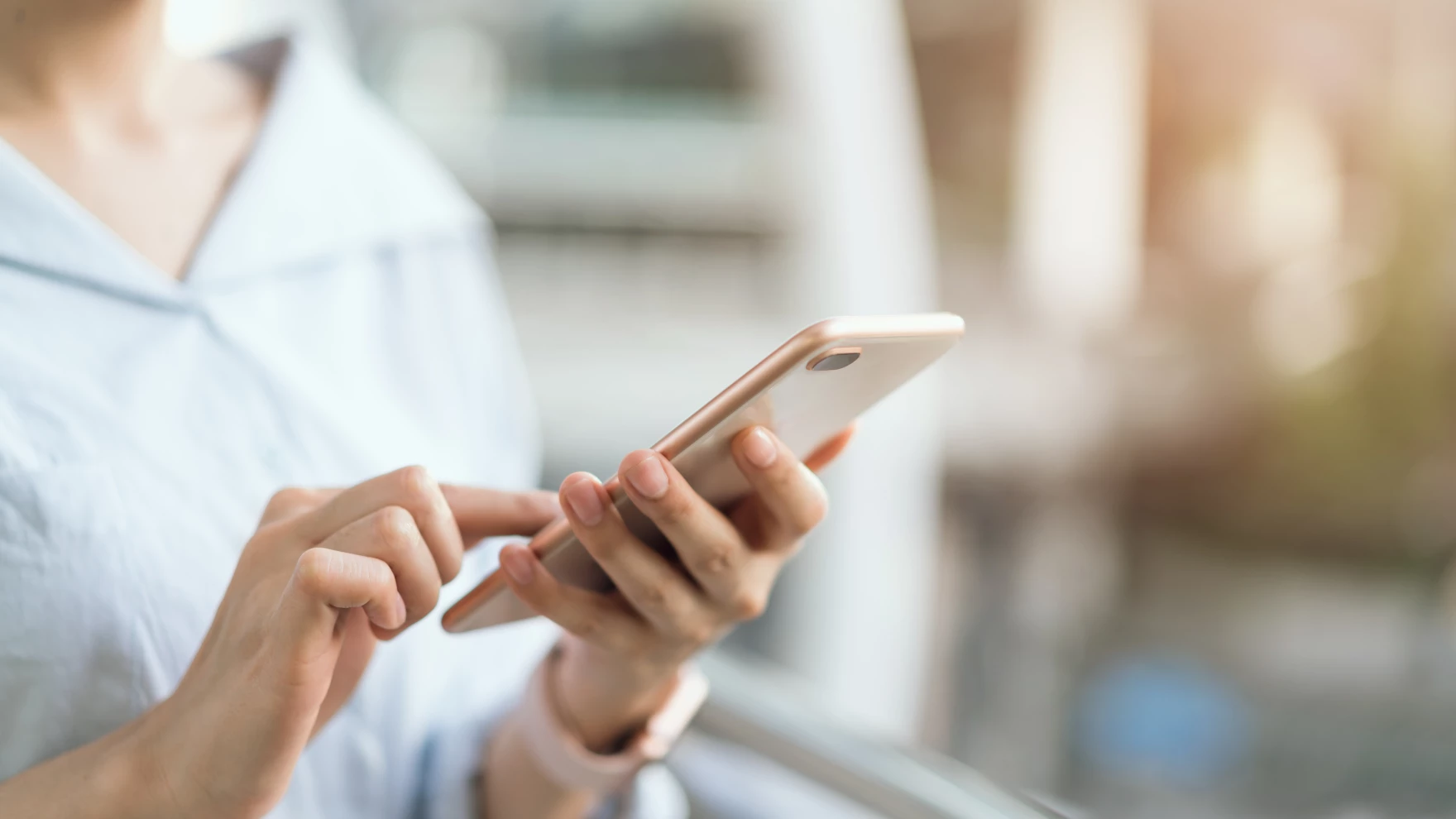We’ve all been there. It’s the day of travel and you’re scrambling to get to the airport. Tempers are high, boarding passes are scattered, your arms are already sore from lugging that heavy suitcase down the stairs.
But traveler anxiety starts well before the big day, stretching back to the initial stages of the planning process.
During each unique stage of the mobile journey, travelers experience changes in their mindset and behaviors, requiring brands to take a closer look at how to close the gap between what users want and what they are offering on mobile.
In order to reduce travel stress and bolster brand loyalty, brands should:
Optimize travel trust
Mobile provides consumers access to the world right at their fingertips.
In a few quick taps, globetrotters can scope out destinations and amenities halfway around the world -- yet according to research we recently conducted, 41% refrain from researching on mobile, a stark contrast from the whopping 87% that browse by tablet.
Despite the swarms of mobile-centric travelers, many travel sites are not properly optimized for mobile. Photos and videos are difficult to view, navigation is flawed and filtering is insufficient.
To optimize travel trust and ensure experiences are seamless and consistent on all channels, brands are advised to carry out an audit of their customer experience and see where consumer pain points lie.
By ensuring content is consistent across all touchpoints, brands can minimize the risk of unnecessary misunderstanding and eliminate the frustration associated with planning a trip.
Use visuals to drive excitement
To make the mobile experience more conductive for researching trips, brands should pay special attention to high-quality visual content.
Images and videos are the selling point during the research and booking phases and often greatly impact travelers’ decisions. Yet, visuals are a key aspect travelers feel is missing from their mobile experience.
To drive excitement, brands must provide a visual representation of the experience they will be receiving.
Engage travelers with rich visual content throughout the experience, leveraging location-specific videos and user-generated reviews.
By incorporating best UX practices, which also include eliminating “pinch and zoom” and pixelated images, users will feel more confident about making a booking decision on mobile.
Soothe insecurities
Research shows that insecurity is a prominent emotion during the booking stage of the consumer journey.
During this phase, travelers worry whether sensitive information is safe over open and unsecured connections, a factor that can drastically affect one’s willingness to book and pay on mobile.
In fact, 51% of travelers are not likely to use mobile payment while 58% of travelers are apprehensive to book by mobile.
To ease such concerns, travel brands should incorporate feedback and security elements throughout the journey, such as progress bars and visual security cues, and embrace language ensuring users their personal information is safe.
By adding UX elements that increase the users’ sense of reassurance, brands can reduce stress and increase traveler confidence.
Fight frustration with feedback
Nobody likes sparring with tech support. While researching and booking trips, travelers are frustrated by slow load times and fear losing connection in the midst of transactions, anxieties heightened by the crucial role these stages play.
To soothe tension, brands must gauge if their sites are user friendly and aptly designed for performance.
In particular, users crave timely feedback on their actions; the use of a spinner indicates the system is working, addressing dreaded lag times.
Including a numbered step indicator throughout the core booking stages also helps users maintain a sense of progress.
By paying attention to technical issues that may arise on mobile, and updating the user during their experience, brands can eliminate frustration and decrease the number of drop offs on mobile.
Brands should also streamline operations by reducing the number of lengthy pages and streamlining forms to include only those fields vital to checkout.
Designing functionalities tied to user activity can diffuse frustration while increasing performance and decreasing the likelihood of technical issues.
Build anticipation through apps
Once travelers arrive at their destination, they yearn to explore their surroundings, not wait on a lengthy check-in line.
More and more, hoteliers are embracing functionalities like mobile check-in and keyless entry, streamlining the admissions process.
Mobile is truly a one-stop shop for travelers; devices could be used to order room service, request housekeeping and access other amenities.
Opportunities exist to create apps that focus on specific use cases, such as Virtual Concierge, Food & Beverage, Beauty Services, or Banqueting.
Meanwhile, rather than carry guidebooks, 61% of travelers value local information on a brand’s mobile site to help plan their stay.
A well-trained staff could support and complement new technologies while user testing can find the right balance between human interaction and automation.
By providing a personalized experience, users will be more eager to use mobile throughout the journey.
Incentivize sharing, streamline redemption
After getaways, travelers return home with stories to tell, yet smartphones seldom do the sharing.
Fewer than four out of 10 travelers share mobile photos on a brand’s social media pages and nearly all said they would not be inclined to share their travel experience unless it was beneficial to them.
There is a prime opportunity for brands to offer customers incentives to share and book directly through their site. Getting customers to interact directly through your site creates a sense of excitement in travelers and increases the likelihood they’ll return to your site in the future.
Loyalty programs are also a massive missed opportunity. Though the majority of travelers collect loyalty points, programs as a whole are underleveraged; less than a third redeem points on mobile.
Brands must take measures to incorporate loyalty into mobile and market it as an extension of their brand. Design sites that allow travelers to seamlessly access their points and stress that interactions will be beneficial to them and their wallets.
JetBlue, for example, allows loyalty members to pay for flights using acquired points. By clearly depicting this option, travelers see the value of such a program and can seamlessly claim their reward.
While brands are accustomed to understanding a traveler’s practical needs and personal preferences, it is also valuable to respond to the emotional states of their customers.
From the earliest rounds of research to boarding the flight home, emotions play a key role in travelers’ mobile experience; how brands cater to these sentiments can make or break relationships.
Travel brands should proactively conduct a UX audit to see how see how functionalities perform. To best engage audiences, invite users to browse and book with compelling visual navigation, advanced search options and rich visual content.
By improving the user experience of mobile offerings, brands heighten the overall travel experience for guests and inspire repeat business.
Implementing simple fixes can help ensure a user’s next vacation won’t be their last vacation with you.

![Econsultancy: Six ways mobile can ease traveler stress and increase bookings [Blog]](https://blog.usablenet.com/hubfs/Travel%20ebook%20pic.jpg)


.webp)
.jpg)




